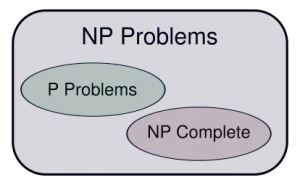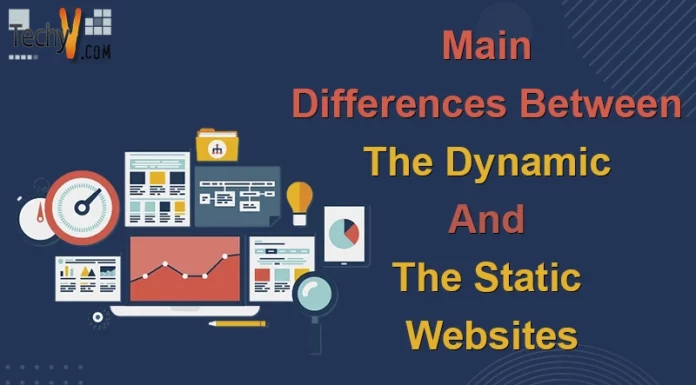NP is a set of resource based complexity problems describing accurate kinds of yes-no question.

Nondeterministic Turing Machine solves it by which is a polynomial depending on the input size. The method of ‘trial and error’ which suggests the method of producing potential solutions uses the term ‘non-deterministic’. The other definition which is by the abbreviation of NP stands for ‘non-deterministic, polynomial time.’ The rate of productiveness of an algorithm is Polynomial time. Np is that set for which the situation in which the answer is ‘yes’ have thorough valid proofs. The algorithm consists of two phases:
A) The non-deterministic guess about the solution.
B) The deterministic algorithm verifies and rejects the guess being a valid solution.

What are the properties of NP?
1. Union- The union of two sets X and Y is the set which contains all the objects in X as well as in Y. We write it as X U Y.
2. Intersection- The intersection of X and Y (which are originally two sets) is the set which contains all the objects that are common in X as well as in Y.
We write it as X ∩ Y.
3. Concatenation- Concatenation is the intersection of two elements or more composes a smaller object.
4. Kleene star- Sets of symbols or characters or sets of strings which contains unary operation is called Kleene star.
Comparison between N and NP problem
P is a complexity class, and by deterministic Turing machine, its problem can be solved using a polynomial amount.
1. Computers solve P problems, and NP problems cannot be easily solved, but the potential solution is easy to verify.
2. P problems are soluble in polynomial time whereas NP problems are verifiable in polynomial time.

What is the importance of NP?
Solving an NP-complete problem is interesting as:
1. All the NP-complete problems solve in polynomial time if the NP-Complete problem finds any one in polynomial time.
2. Discovery of the polynomial-time algorithm has not been noticed for any NP-Complete question and hence are intractable.
3. The closure properties of the class of problems that are solvable in polynomial time are useful.
4. If in polynomial time solves a query in in one model, it can also be answered in polynomial time on another model. It is valid for reasonable models of computation.

Conclusion
The ability to quickly verify the solutions is assumed to associate with the capacity to solve the question. This is the reason of studying NP-Complete problems. The Np-complete problems are tougher than the NP questions in regular basis because every problem Np is reduced to every NP-complete question. The common misconception is that Np-complete problems are the hardest of all known problems which are not the case as the running time of the problems is most exponential, though some question more time.



















